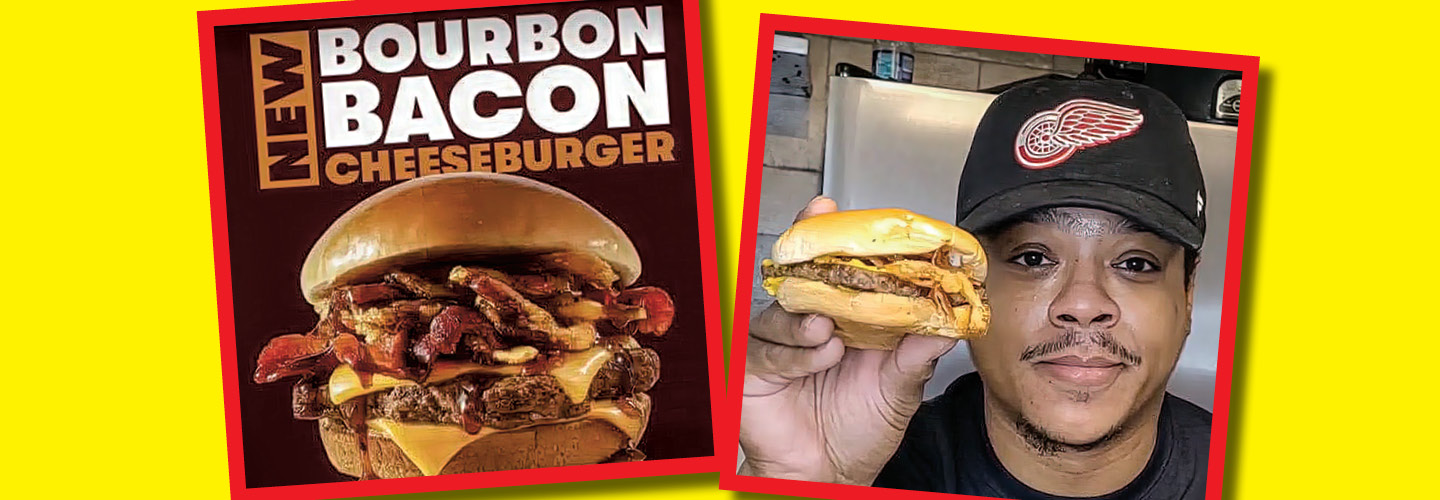You see a commercial on TV showing a product, such as an ice cream sundae or a pair of jeans. The ad uses catchy music and flashy imagery to entice you to buy it now. You reach for your wallet and head out the door.
A good ad is supposed to quickly convert you into a paying customer. But what rules do companies have to follow when they’re trying to hook you in? Do their ads have to be truthful?
That’s what Justin Chimienti wants to know. The New York resident recently bought burgers at Wendy’s and McDonald’s and claims he felt duped when he received smaller portions than he expected from their advertisements. He decided to sue.
In May, Chimienti filed a $50 million class-action lawsuit in a New York federal court against the two fast-food giants, alleging that their misleading ads purposefully overstate the size of their food and the number of toppings to fool customers.
You see a commercial on TV showing a product, such as an ice cream sundae or a pair of jeans. The ad uses catchy music and flashy imagery to tempt you to buy it now. You reach for your wallet and head out the door.
A good ad aims to quickly get you to become a paying customer. But what rules do companies have to follow when they’re trying to hook you in? Do their ads have to be truthful?
That’s what Justin Chimienti wants to know. The New York resident recently bought burgers at Wendy’s and McDonald’s. He claims he felt cheated when he got smaller portions than he expected from their ads. He decided to sue.
In May, Chimienti filed a $50 million class-action lawsuit in a New York federal court against the two fast-food giants. His case alleges that their misleading ads purposefully overstate the size of their food and the number of toppings to fool customers.

